Today is Gotham Calling’s seventh anniversary!
I usually mark these occasions with a compilation of fifty images from Batman comics, showcasing the Dark Knight kicking people in the head or breaking through windows. Since the blog’s identity has been shifting beyond a primary focus on the Caped Crusader, though, this year I decided to spotlight something different, namely the top 50 movies of my favorite genre: film noir.
You know, the kind of films that inspired the writers and artists of The Spirit after World War II…
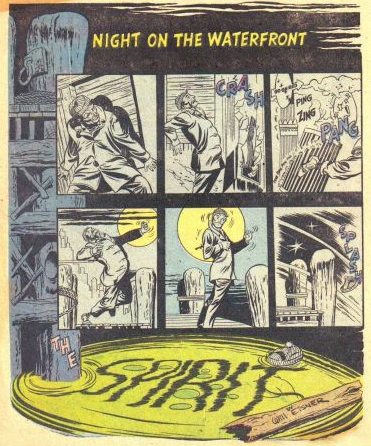 The Spirit, 19 August 1951
The Spirit, 19 August 1951
There’s an ongoing debate on whether noir is an actual (sub)genre, a specific postwar movement, or just a general style, but I’m not too interested in terminology here. There are dozens of definitions out there, but it’s hard not to fall back on Paul Schrader’s seminal essay ‘Notes on Film Noir,’ which put the emphasis on a certain sensibility: ‘Hollywood lighting grew darker, characters more corrupt, themes more fatalistic, and the tone more hopeless.’ Here at Gotham Calling, noir means expressionistic chiaroscuro visuals (looming shadows, tight close-ups, tilted angles), hardboiled dialogue, crime, and an encroaching sense of doom (even when there’s a happy ending). It helps if you also get tropes like the tough PI, the femme fatale, the sardonic voice-over, or the serpentine plot.
That said, in my list, tone trumps content, mirroring the very attitude of noir. After all, if there is one thing that brings all these films together, it’s that they privilege mood over reason, disorientation over (narrative and moral) clarity. Screens so dark it’s difficult to figure out what exactly is going on, motivations so idiosyncratic as to appear insane, dialogue so sharp as to lack any realism, sexism so rampant and exaggerated that it sounds almost parodic, flashbacks and twists so abundant they make you lose the thread of the story, seediness taken to a baroque extreme – all this could be criticized in other contexts, but in film noir it’s the raw material itself… You pardon unlikely coincidences because the payoff is so poignantly ironic, you accept plot holes and contrived characterization as part of an overall dream (i.e. nightmare) logic.
If, as argued by Ernest Mandel, the origin of crime fiction, with its reduction of crime (if not all human problems) to mysteries solvable through analytical intelligence and scientific progress, is symbolic of the rise of industrial capitalism, then noir is the other side of the coin. The plots’ final answers, when they come, don’t necessarily hold up to scrutiny, because the point isn’t a neat resolution, but a sort of mesmerized bewilderment, thus capturing the stimuli-ridden modernity that emerged from industrialization. Indeed, part of these films’ charm is the way they converted their zeitgeist into pulp, just like the recent show Clickbait has crafted a nifty mystery out of the dangers and opportunities provided by the current digital era.
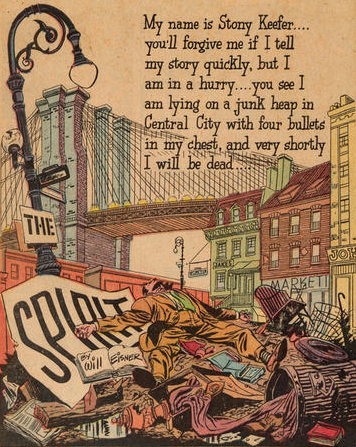 The Spirit, 23 September 1951
The Spirit, 23 September 1951
To narrow things down, I’m sticking to black & white thrillers/dramas spoken in English, even though I think the noir label can easily accommodate other colors, languages, and genre hybrids. Also, the first quintessential film noir was 1944’s Double Indemnity, so I’m excluding all the noirish works that came before (yes, even The Maltese Falcon). As for the ending mark, the late 1950s are usually considered the final stretch of the original era, as if after that the movies became too self-reflexive and aware (aka ‘neo-noir’). I don’t really buy into this (by the late ‘40s, noirs were already pretty derivative), but I agree that it makes sense to finish there if you consider film noir a reflection of post-war malaise, since the further you go beyond the fifties the more you see filmmakers responding to other concerns. Finally, I’m leaving out a couple of overrated classics as well, in order to make room for some less obvious choices…
Enjoy!
1. The Third Man (1949)
‘Like the fella says, in Italy for 30 years under the Borgias they had warfare, terror, murder, and bloodshed, but they produced Michelangelo, Leonardo da Vinci, and the Renaissance. In Switzerland they had brotherly love – they had 500 years of democracy and peace, and what did that produce? The cuckoo clock.’ A witty and gut-wrenching take on Casablanca-esque intrigue, set in post-WWII occupied Vienna, between the rubble and shady black market dealings. This is a perfect Iconic City thriller and possibly my favorite movie of all time.
2. Out of the Past, aka Build My Gallows High (1947)
‘You say to yourself, “How hot can it get?” Then, in Acapulco, you find out.’ Robert Mitchum as the ultimate noir lead, a disgraced private eye who can’t escape his past mistakes… and who falls for the wrong dame. Cinematographer Nicholas Musuraca engulfs the screen in smoke and shadows, making each frame a small masterpiece, especially in the middle section. I’ve written about this one before.
3. Double Indemnity (1944)
‘I killed him for money and for a woman. I didn’t get the money… and I didn’t get the woman.’ The movie that first nailed down film noir (everything afterwards were variations), including Barbara Stanwick as the epitome of the femme fatale. The plot is tighter than Out of the Past’s, but, like I said in the intro, in this list the sense of confusion is actually part of the appeal.
4. Detour (1945)
‘That’s life. Whichever way you turn, Fate sticks out a foot to trip you.’ A cool, dirty distillation of noir motifs, stripped down to their bare essence, as a hitchhiker keeps getting screwed over by fate… Made on a shoestring budget and it shows, which suits the nightmarish mood just fine.
5. Sunset Blvd. (1950)
‘The whole place seemed to have been stricken with a kind of creeping paralysis – out of beat with the rest of the world, crumbling apart in slow motion.’ A dark comedy about the film industry (just to shake things up), this Billy Wilder classic is narrated by a dead man. As Alan Moore put it in Cinema Purgatorio #15: ‘It was disturbing, how Wilder made the film look at itself, and us, and Hollywood. […] In 1950, it was like the movies having a vision of their own death.’
6. Force of Evil (1948)
‘A man could spend the rest of his life trying to remember what he shouldn’t have said.’ John Garfield as a lawyer involved in a gangster’s coup to take over the numbers racket – a tale of greed, corruption, and merciless structures crushing tormented little men, which many have read as an anti-capitalist allegory, for some reason. A few shots seem lifted directly from Edward Hopper’s paintings.
7. Sweet Smell of Success (1957)
‘I’d hate to take a bite outta you. You’re a cookie full of arsenic.’ It turns out the world of press agents and columnists somehow manages to be as dark as that of organized crime. (I will write more about this one soon!)
8. The Killers (1946)
‘The double cross to end all double crosses.’ Playing a very different role from the one in Sweet Smell of Success, here Burt Lancaster is a broken fugitive who, when finally faced with the titular killers, simply refuses to fight for his life. In the puzzle-structured flashbacks that follow, we gradually find out why.
9. The Postman Always Rings Twice (1946)
‘Stealing a man’s wife, that’s nothing, but stealing a man’s car, that’s larceny.’ Practically every shot in this film is pitch-perfect, oozing with some extra layer. Most notably, the sizzling moment John Garfield (playing a drifter in search of work) lays his eyes on Lana Turner’s legs (she’s the wife of the man who hires him), you know it’s a matter of time before he gets himself into trouble by biting more than he can chew.
10. The Set-Up (1949)
‘Don’t you see, Bill, you’ll always be just one punch away.’ Not only one of the greatest noirs, but one hell of a boxing picture, with Robert Ryan as a loser beaten by life who refuses to stay down, even though not even his manager has any trust in him, fixing a fight for him to lose without letting him know… And because the narrative is told in real-time (i.e. the action itself lasts as long as the film), you know there’s no escape but to keep watching as Ryan’s character digs his grave with every blow in the ring.
11. Pickup on South Street (1953)
‘So you’re a Red, who cares? Your money’s as good as anybody else’s.’ Film noir vs Cold War. Bold, stylish storytelling all around, as three of my favorite lowlifes inadvertently find themselves involved in a spy scheme… As usual, you can find an interesting discussion of the movie in Robert Miklitsch’s book, The Red and the Black: American Film Noir in the 1950s.
12. In A Lonely Place (1950)
‘I was born when she kissed me. I died when she left me. I lived a few weeks while she loved me.’ Another disenchanted take on Hollywood, as Gloria Grahame falls for a screenwriter who’s a poster boy for toxic masculinity, played by Humphrey Bogart at his scariest.
13. Ace in the Hole, aka The Big Carnival (1951)
‘I met a lot of hard-boiled eggs in my life, but you – you’re twenty minutes.’ Film noir meets media satire. The third of Billy Wilder’s brilliant noir trilogy is louder and more farcical, but just as hard-hitting as the others.
14. Murder, My Sweet (1944)
‘I gave her a drink. She was a gal who’d take a drink if she had to knock you down to get the bottle.’ Murder, My Sweet is still the best Philip Marlowe adaptation (sorry, Howard Hawks), with an intricate mystery and jaw-dropping visuals all the way through (Will Eisner must have watched this one…). Would’ve ranked it even higher, if not for the cute ending.
15. Kiss Me Deadly (1955)
‘I want you to kiss me. Kiss me. The liar’s kiss that says I love you, and means something else.’ This one is more of a deconstruction of noir, particularly of the tough private eye subgenre (perfected by Murder, My Sweet). However, like Watchmen’s deconstruction of superheroes, Kiss Me Deadly works on both levels… Plus, it ends with a bang.
16. Laura (1944)
‘I can afford a blemish on my character, but not on my clothes.’ A cop falls in love with a dead woman in yet another twisty whodunit… The tone isn’t as hardboiled as in the ones above, but the themes are pure noir.
17. Strangers on a Train (1951)
‘I may be old-fashioned, but I thought murder was against the law.’ Alfred Hitchcock goes noir. This perverse plot has inspired countless variations (including at least one Batman comic, by Frank Robbins), not to mention the cult dark comedy Throw Momma from the Train.
18. D.O.A. (1950)
‘That’s the way I wanna see you go, Bigelow… nice and slow.’ A man investigates his own murder. Talk about fatalism!
19. 99 River Street (1953)
‘There are worse things than murder. You can kill someone an inch at a time.’ An embittered ex-prizefighter-turned-New-York-cab-driver has a night from hell, facing everything from a badgering wife to a police dragnet, plus a handful of fistfights with various criminals. An engaging roller coaster, brutal but not entirely devoid of compassion for its deadbeat protagonists.
20. Night and the City (1950)
‘Harry is an artist without an art.’ Richard Widmark’s greatest role outside of Pickup on South Street – a recklessly ambitious hustler trying to pull one of his schemes in the world of Greco-Roman wrestling. London’s criminal underworld is apparently even more packed with idiosyncratic characters than its counterpart in American cities… (If you have a choice, I recommend watching the US cut rather than the British one.)
21. The Asphalt Jungle (1950)
‘One way or another, we all work for our vice.’ The grandaddy of heist movies.
22. Crossfire (1947)
‘The motive had to be inside the killer himself. Something he brought with him. Something he’d been nursing, for a long time. Something that had been waiting.’ Film noir vs antisemitism. Between the quiet soundtrack and the overwhelming darkness, Crossfire is a great example of how solutions to work around a low budget can actually intensify a film’s impact.
23. The Killing (1956)
‘It isn’t fair. I never had anybody but you. Not a real husband. Not even a man. Just a bad joke without a punchline.’ Stanley Kubrick’s take on heists is more cerebral than The Asphalt Jungle. The emotional angle places the former film higher, but this one isn’t far behind.
24. Spellbound(1945)
‘Good night and sweet dreams… which we’ll analyze at breakfast.’ Another Hitchcock venture, this time putting a spin on the amnesia trope (a classic noir motif), complete with a lot of psychobabble and a dream sequence designed by Salvador Dalí.
25. On The Waterfront (1954)
‘The only arithmetic he ever got was hearing the referee count up to ten.’ This attack on the violence and corruption of stevedores’ unions isn’t usually classified as a film noir, perhaps because critics feel that Marlon Brando’s intense performance takes the movie into more serious drama territory, or perhaps because they prefer to discuss it as Elia Kazan’s political statement about his decision to testify at HUAC. Between the crime-centred story, the high-contrast lighting, and the encroaching fog, though, I’d argue On the Waterfront definitely belongs here. (It also works as a nice prelude to the second season of The Wire…)
26. The Man with the Golden Arm (1955)
‘Jump off a roof if you’re gonna kill yourself, but don’t ask me to help ya…’ Frank Sinatra as a heroin addict. (And yes, it’s much better than the bizarre James Bond movie with the similar title…)
27. Odds Against Tomorrow (1959)
‘Like you said, it’s just one role of the dice, doesn’t matter what color they are, so’s they come up seven.’ Yet another heist movie… but this one soon goes its own way. Along with Crossfire and Bad Day at Black Rock, it forms a trilogy of powerful crime dramas where real-life anti-racist Robert Ryan compellingly embodies bigoted bastards.
28. It Always Rains On Sunday (1947)
‘There’s such a thing as ham, but there’s none in this sandwich.’ A mosaic of stories in London’s poverty-stricken East End – still dealing with the Blitz’s destruction and post-war deprivation – that wonderfully combines different sensibilities (from light comedy and social drama to the French school of poetic realism), with the noir subplot eventually taking over the film.
29. Touch of Evil (1958)
‘Your future is all used up.’ Charton Heston (as an incorruptible Mexican cop) vs Orson Welles (at his most deliberately grotesque). Too campy to rank among the very greatest, as far as I’m concerned, but the over-the-top atmosphere is also part of its charm.
30. Gilda (1946)
‘I can never get a zipper to close. Maybe that stands for something, what do you think?’ Like in Touch of Evil, there is a degree of camp all over this love triangle, set in Buenos Aires, between a hustling drifter, a Nazi-connected casino owner, and his smoldering wife, including a parade of Freudian symbolism. That said, the beginning is so strong and Rita Hayworth singing ‘Put the Blame on Mame’ is so memorable that I can forgive the weak resolution.
31. Thieves’ Highway (1949)
‘Your end of nothing is nothing.’ Because any capitalist milieu can be a setting for noir (i.e. for existential dread, sweaty desperation, and greedy double-crosses), this knock-out thriller takes on the world of truck drivers and California fruit markets.
32. Kansas City Confidential (1952)
‘I know a sure cure for a nosebleed: a cold knife in the middle of the back.’ Together with The Killing, an obvious source of inspiration for Quentin Tarantino’s Reservoir Dogs.
33. Angel Face (1952)
‘Charles, at times your charm wears dangerously thin. Right now it’s so thin I can see through it.’ A taut, smart melodrama about a spoiled rich girl who sets her sights on an ambulance driver (poor Robert Mitchum…) and gradually drives them to their doom. The true star is Otto Preminger’s direction, though, with the kind of precise mise-en-scène that beautifully conveys all the unspoken layers of the story and of the characters’ twisted psychology.
34. Where the Sidewalk Ends (1950)
‘That’s a fancy way of trying to frame somebody – getting yourself knocked off.’ Preminger was also in fine form here, delivering a suspenseful tale about a violent cop overcompensating for his father’s criminality, only to find himself in a noirish spiral of ironies. I’m not a big fan of the resolution (perhaps a concession to the Production Code’s censorship), but everything until those final seconds is close to perfect.
35. Woman on the Run (1950)
‘So Frank is a fugitive from the law… that’s just like him!’ I guess many would rank this lower, since it seems like a fairly modest potboiler about a wife searching for her husband, who went missing after witnessing a murder. The more I’ve rewatched it though, the more Woman on the Run has grown on me, with Ann Sheridan (who also co-produced the film) giving an appealing, nuanced performance as the titular woman revaluating her marriage throughout the quest. The climax at the fair is also pretty awesome!
36. The Big Combo (1955)
‘You’re a cop, Leonard. There’s 17,000 laws on the books to be enforced. You haven’t got time to reform wayward girls. She’s been with Brown three and a half years. That’s a lot of days… and nights.’ This badass explosion of noir visuals about an obsessed policeman on a personal crusade against a vicious gangster was no doubt playing in loop on Frank Miller’s nearest screen when he was drawing Sin City.
37. The Narrow Margin (1952)
‘All right copper, I’m not in this alone, but you are. You’re just one guy buckin’ a big company, it don’t matter if you beat my brains out or not – we’re in business for keeps.’ Noir on a train, as a police detective tries to transport a witness and protect her from the mob in the vehicle’s confined space. On top of the typical terse dialogue and plot twists, The Narrow Margin stands out because of the way the train shapes the film, from the claustrophobic sets to the forceful rhythm and sound (in lieu of a music score).
38. The Big Heat (1953)
‘Prisons are bulging with dummies who wonder how they got there.’ This no-frills angry cop thriller usually ranks higher than the similarly-themed The Big Combo, but I don’t think it packs as much of a punch (pretty close, though). If nothing else, Combo wins because of John Alton’s cinematography. That said, despite the throwaway delivery, The Big Heat’s closing line is particularly macabre, if you consider what happened to Gloria Grahame’s moll earlier in the film…
39. The Harder They Fall (1956)
‘Money’s not evil in and of itself. The purpose for which it’s used is the determining factor.’ As far as boxing pictures go, this one is less intense than The Set-Up, but arguably even more cynical about the sport.
40. Mildred Pierce (1945)
‘Personally, Veda has convinced me that alligators have the right idea. They eat their young.’ A glossy melodrama enwrapped in gloom and doom, telling the life of the titular career woman as she heads inexorably towards a mysterious act of violence. The values are dated, for sure, but the overblown expressionistic look continues to impress.
41. White Heat (1949)
‘You know something, Verna, if I turn my back long enough for Big Ed to put a hole in it, there’d be a hole in it.’ The one where James Cagney, playing a psychotic criminal leader, yells: ‘Made it, Ma! Top of the world!’ The rest of the movie is pretty gripping as well, consistently ratcheting up the tension.
42. The Prowler (1951)
‘Well, I’m no worse than anybody else! You work in a store, you knock down on the cash register. A big boss, the income tax. Ward heeler, you sell votes. A lawyer, take bribes. I was a cop… I used a gun.’ This one starts out as just another story about an obsessive policeman (although this time driven by lust and greed rather than vengeance), but it becomes increasingly stranger and unpredictable, the high point being a labor scene in an eerie ghost town.
43. The Reckless Moment (1949)
‘Hell is other people…’ Behind the generic title (which could’ve suited any other movie on this list), a domestic noir narrative – about a quiet, wealthy housewife willing to go pretty far to protect her daughter – is given a sophisticated treatment through Max Ophüls’ signature light-footed style and deft camerawork (almost every shot is a tracking shot). The Reckless Moment is comparatively less aggressive than the films above (or the ones below) and it’s precisely the contrast between tone and material that makes it so chilling.
44. Born to Kill (1947)
‘You’re the coldest iceberg of a woman I ever saw, and the rottenest inside. I’ve seen plenty, too.’ It’s femme fatale vs homme fatal in this lurid drama about a recently-divorced woman (a tough-as-nails Claire Trevor) who becomes hopelessly attracted to a murderer, with predictably destructive results. Yes, there are plot contrivances aplenty, but also a gleeful nastiness – bordering on black comedy – that is quite captivating to watch, with characters coming across as shamelessly ruthless and, at times, downright sadistic.
45. The Hitch-Hiker (1953)
‘My folks were tough. When I was born, they took one look at this puss of mine and told me to get lost.’ Besides starring in a handful of noirs, Ida Lupino also co-wrote and directed a few of them, including this remarkable thriller about the titular hitchhiker holding a couple of friends on a fishing trip at gunpoint. It’s such a simple, unadorned premise that it shouldn’t work, but the inventive editing and the terrific performances manage to convincingly sell the criminal’s meanness and the fishermen’s fear, stretching the tension as much as possible.
46. Hollow Triumph, aka The Scar (1948)
‘It’s a bitter little world full of sad surprises, and you don’t go around letting people hurt you.’ A tight, moody, vicious, unpretentious B-movie, pacy and confidently shot, about a man on the run taking over another man’s identity. Cue in Kafka-level psychological horror. A small gem.
47. Pitfall (1948)
‘I don’t want to be an average American, backbone of the country. I want somebody else to be the backbone and hold me up.’ A moralistic cautionary tale against adulterous temptation or another stark X-ray into the melancholy, frustration, and vice lurking under the cover of idyllic suburbia? Disillusionment with the American dream has always been an underlying theme in film noir, but in Pitfall it jumps to the forefront, in capital letters. (Plus, there is an offhand reference to burning comics, which conveys how natural this seemed at the time…)
48. The Window (1949)
‘Pop? If you see a thing with your own eyes, it can’t be a dream, can it?’ A dramatization of the Boy Who Cried Wolf, as a kid prone to lying witnesses a crime and nobody believes him (it also works as a parable about children struggling to be taken seriously by grown-ups lost in their own worries). Again, the premise is fairly straightforward, so the talent lies in the engrossing execution (despite occasional annoying flutes), including the striking use of Manhattan locations, turning Eisneresque tenement buildings, fire escapes, and dark alleys into a maze of danger and paranoia.
49. The Naked City (1948)
‘This time yesterday, Jean Dexter was just another pretty girl, but now she’s the marmalade on 10,000 pieces of toast.’ More impressive location shooting! A semi-documentary procedural that follows a murder investigation in New York, accompanied by a detached voice-over narration (even the credits are spoken). Although the characters aren’t very rounded, The Naked City remains a fascinating – and iconic – glimpse into the history of police work in the Big Apple.
50. Brighton Rock, aka Young Scarface (1947)
‘You or I cannot fathom the appalling strangeness of the mercy of God.’ We started with a Graham Greene script and finish with another, this one adapting Greene’s own page-turner about a Catholic young hoodlum carrying out a revenge killing in Brighton’s seaside resort. Some baffling bits, but the framing keeps hitting that noir sweet spot and the ending (changed from the novel) is as ironic as they come… Brigthon Rock comes in 50th place and it’s still highly recommended – that’s how rich a field film noir is!

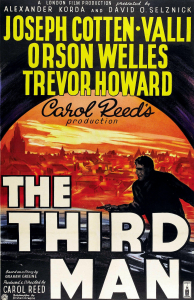
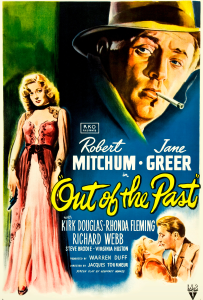
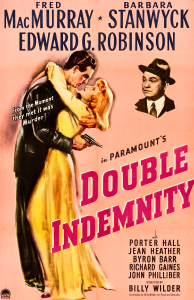
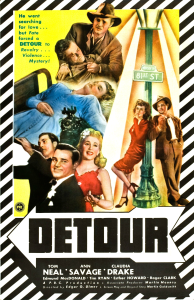
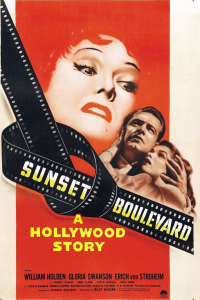
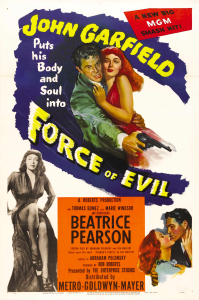
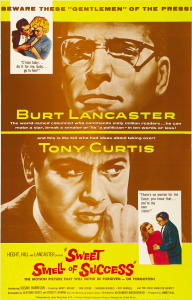
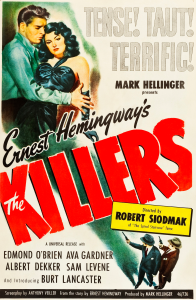
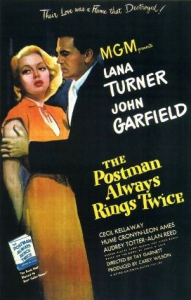
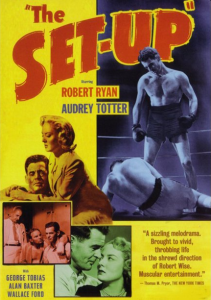
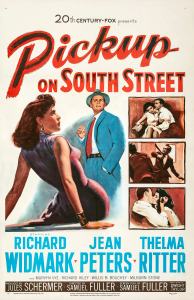
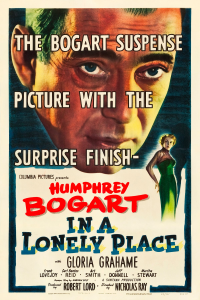
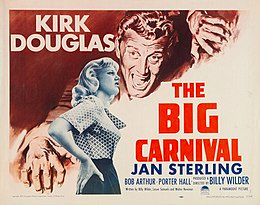
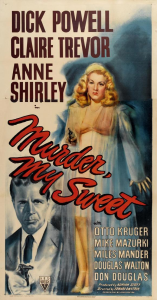
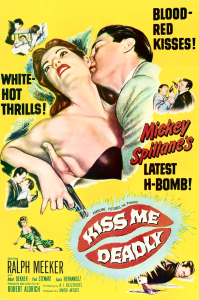
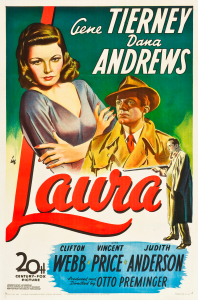
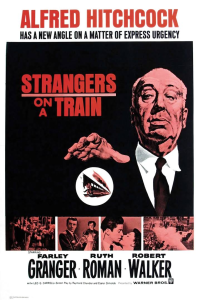
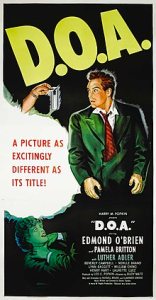
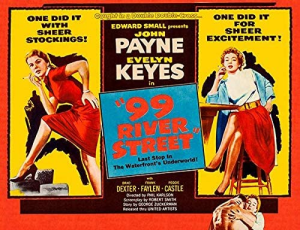
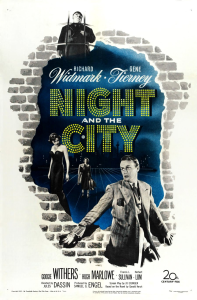
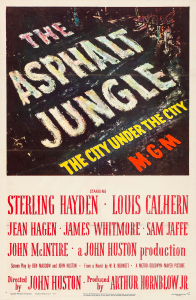
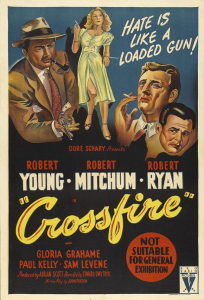
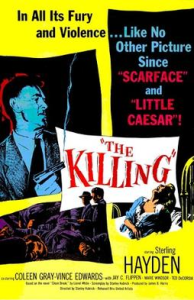
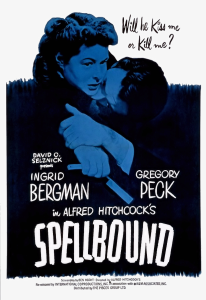
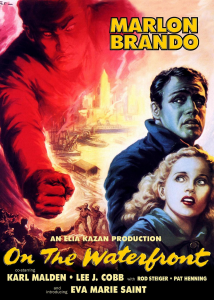
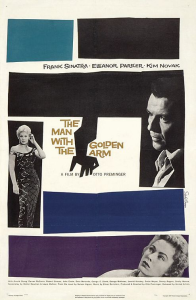
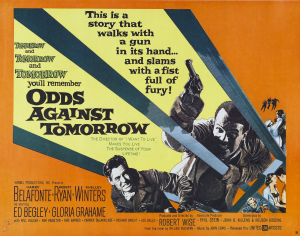
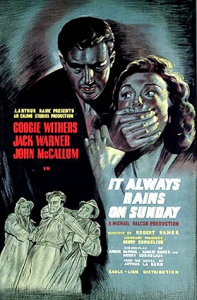
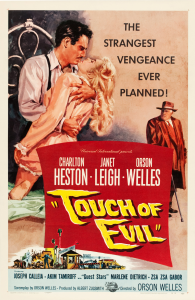
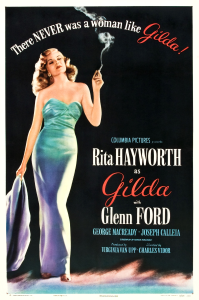
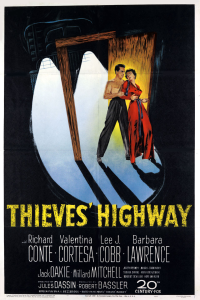
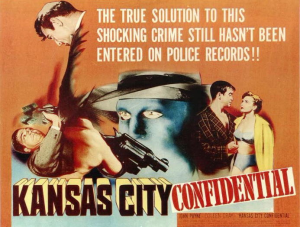
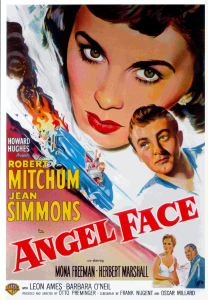
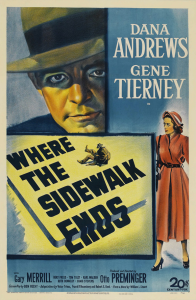
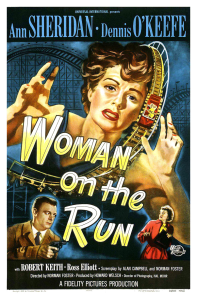
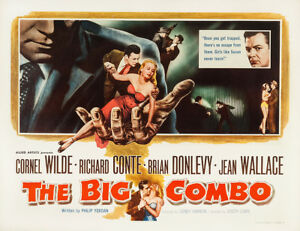
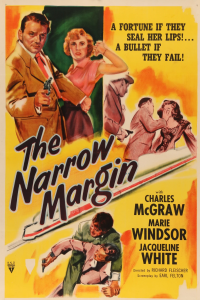
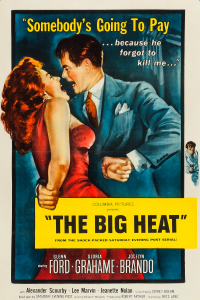
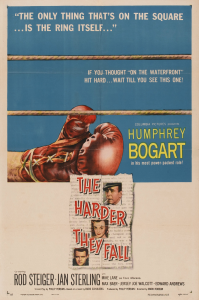
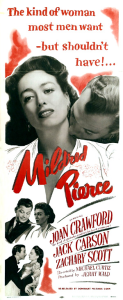
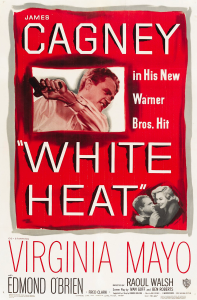
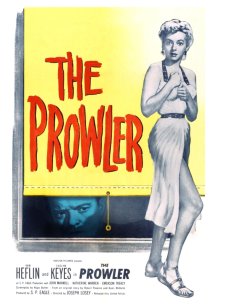
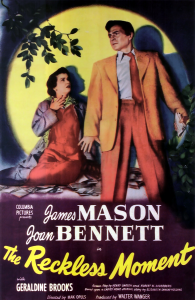
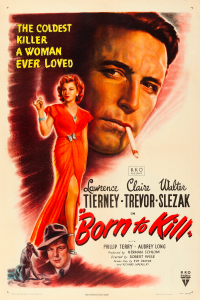
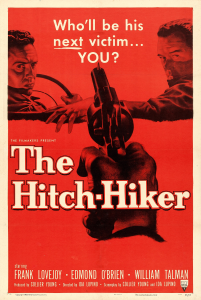
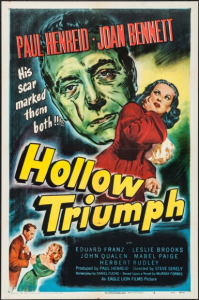
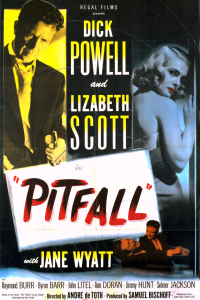
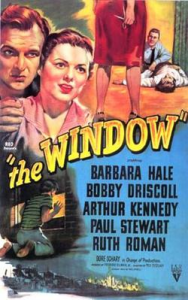
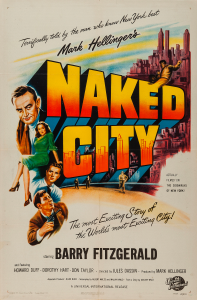
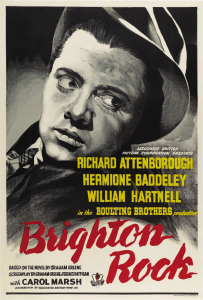
As a fan of film noir, I’m always on the lookout of new movies to view and so thankful you made this list. The style, the melodrama, all of it is tremendous to me. Plus, as a filmmaker, I’m always wowed by good filmmaking. Edward Dmytryk’s work on Crossfire especially was a treat to see. Can’t wait to go through all the ones on this list I haven’t seen before. Keep up the fantastic posts about comics, movies and beyond!
Tim
Thanks! I hope this helps you track down more treats.
All decent Noir. Not all my top 50.
My original shortlist had over one hundred titles, which I narrowed down… I may do a further top 50 in the next anniversary.